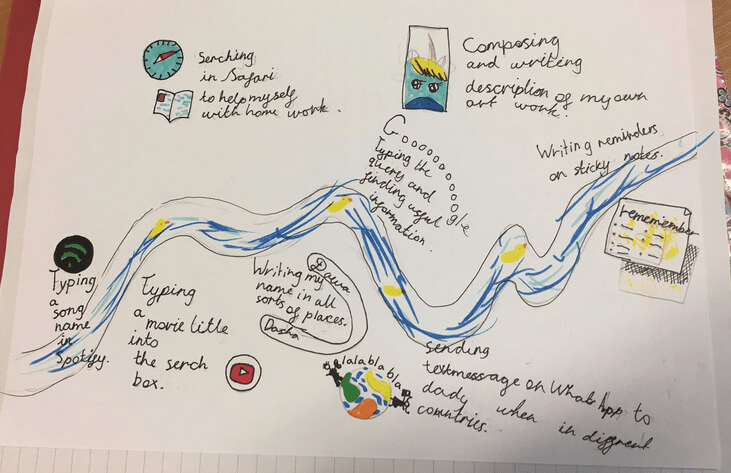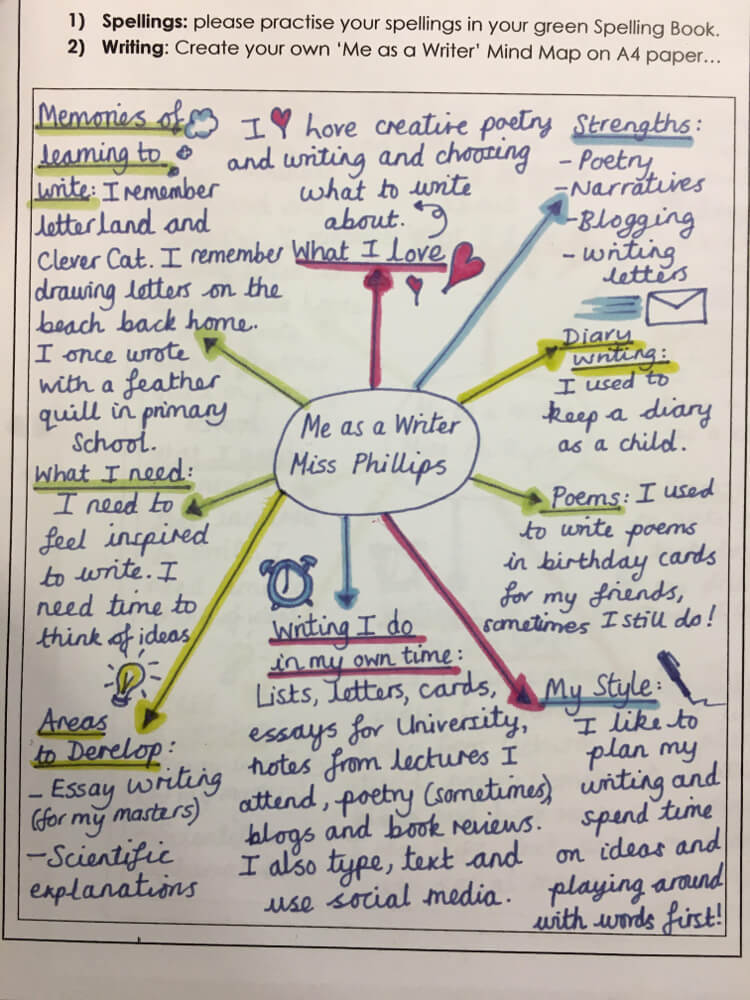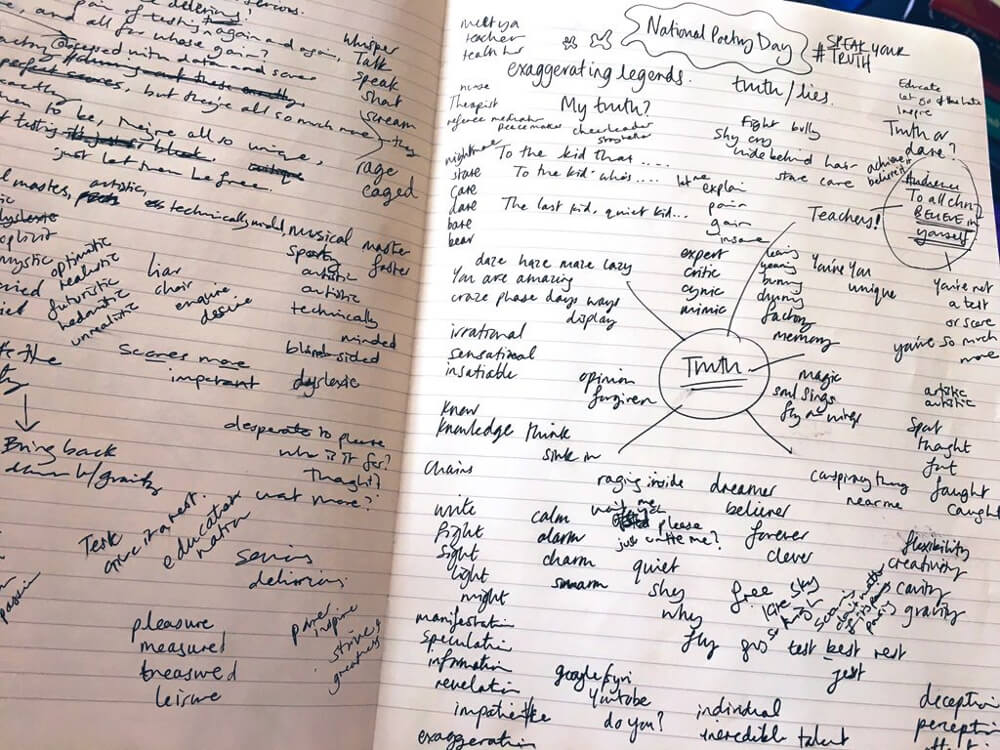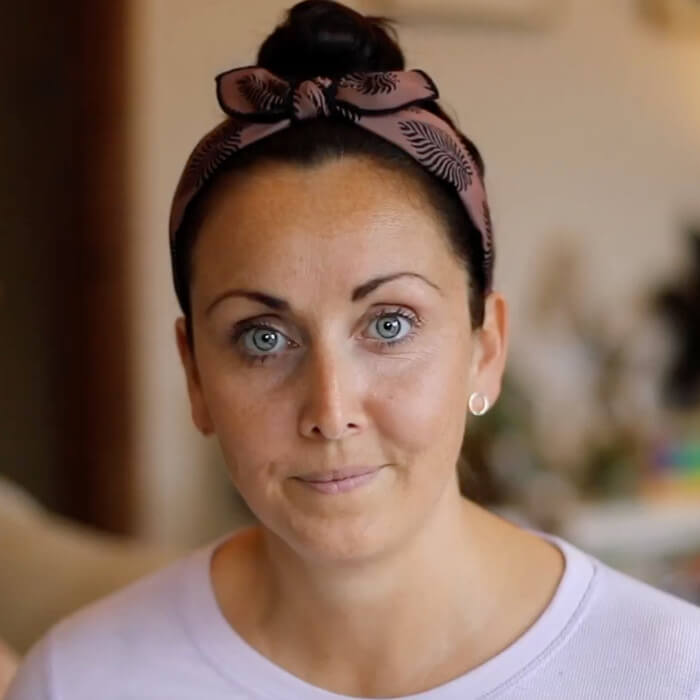5 ways I promote a love of writing in the classroom

Get kids aching to put pen to paper and help their ideas blossom into exceptional written work, with these ideas from Sadie Phillips…

I, like many others, have been a huge advocate of reading for pleasure for many years now, but writing for pleasure seems to have slipped the net.
We depend on it as the largest indicator of success and progress in learning, yet it doesn’t quite receive the same limelight that reading does.
Writing in primary schools should aim to inspire, excite and engage children in authentic, original and free-flowing expression of thoughts, feelings and ideas.
Many pupils saw writing as a chore and gained little pleasure from it but now they have fallen in love with writing again and it has boosted their confidence, motivation, engagement and attainment.
1 | Writing rivers

Getting to know your pupils’ writing habits outside of school is essential for creating a community of writers. Writing rivers or ‘Me as a writer’ mind maps are fantastic tools for encouraging children to reflect on their writing preferences.

I begin by modelling my own version and the children are often fascinated to hear about my own experiences. By showing them that I’m a writer, it allows them to start seeing themselves as writers too.
2 | Engage with authors on social media
Social media provides an incredible opportunity to engage with authors and poets like never before. In my experience, they are always delighted to see children’s responses to their work and are incredibly generous with their time in responding to the children.
Connecting with the writing community outside the classroom can be truly inspiring for pupils, especially when they receive messages of praise from writers they admire.
3 | Creative writing notebooks

Free from scrutiny of marking, children are given creative writing notebooks (decidedly not literacy books) in which they are encouraged to liberate their writer’s voice in whatever form, on whatever topic they’d like.
I usually start by showing them images of chaotic, scrawled jottings and scribbles from the notebooks of famous authors and poets, before sharing my own writer’s notebook.
We discuss how writing is a messy, creative process and they are then given the freedom to explore and experiment with their own interests and ideas, inevitably becoming more enthused and engaged, developing a fondness for expressing themselves through the written word.
4 | Use props to inspire writing

Inspiring writing with props, visitors, trips and experiences can have a huge impact on levels of enjoyment. Budgets are tight, but even the simplest props can have a huge impact.
I recently bought a set of vintage keys on eBay and used these as a stimulus for writing. The resultant writing was exceptional.
I’ve seen so many teachers doing amazing things to inspire writing in their classrooms – from crime scenes and fairy doors, to character costumes and augmented reality! It’s a sure-fire way to boost engagement, enjoyment and attainment.
5 | Authentic purpose and audience
Another way I promote writing is to give authentic purpose and audience for their written work. I am constantly seeking opportunities to perform or publish written work.
We’ve hosted a film festival screening of scripts the children have written, we’ve interviewed authors for a school magazine, we’ve worked with poets to host a poetry slam and we’ve even published books on Amazon!
But it doesn’t have to be as complicated as all that. It could be as simple as creating a display, presenting to another class or binding their mystery stories together to create a book of haunting tales for the reading corner – much simpler and just as effective.
Providing children with a real audience is a huge motivator and gives them a renewed focus and enthusiasm for writing.
Sadie Phillips is an experienced KS2 teacher, blogger and English specialist. Find her at literacywithmissp.com and follow her on Twitter at @SadiePhillips.











